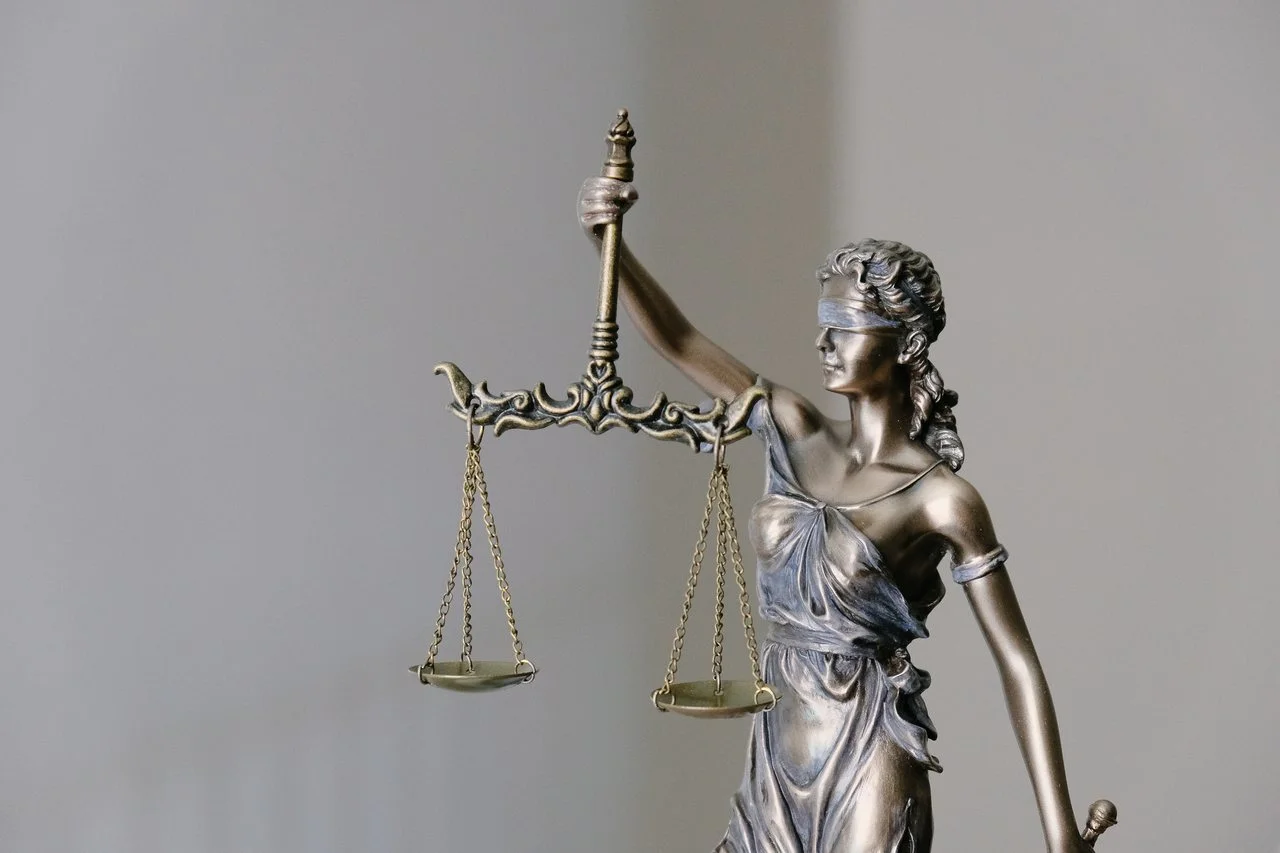The Role of Surveillance Footage in Orlando Personal Injury Cases

Surveillance footage can be a pivotal piece of evidence in personal injury cases. In Orlando, where many incidents occur in public places, this footage can play a significant role in determining the outcome of a claim. Here’s how surveillance footage can impact personal injury cases and why it’s important to consider.
Confirming the Incident
Surveillance footage provides a clear, objective record of what happened during an accident. It can verify the details of the incident, such as:
- Sequence of Events: How the accident unfolded.
- Actions of Parties Involved: Behavior of individuals before, during, and after the incident.
- Conditions at the Scene: Visibility, hazards, and environmental factors.
This objective record helps establish the facts of the case and can support or refute claims made by the parties involved.
Establishing Liability
Determining fault is a critical aspect of personal injury cases. Surveillance footage can help establish liability by showing:
- Negligence: If the footage reveals that one party acted recklessly or failed to adhere to safety protocols.
- Contributory Factors: Conditions such as wet floors or malfunctioning equipment that contributed to the incident.
Clear visual evidence can make it easier to demonstrate how and why the accident occurred, which is essential for establishing liability.
Supporting Claims of Injuries
Injuries sustained in an accident can sometimes be questioned or contested. Surveillance footage can support claims of injuries by:
- Documenting the Impact: Showing the physical impact of the incident, which can help in proving the severity of injuries.
- Proving the Injury’s Immediate Aftermath: Capturing how the injured party was affected immediately after the accident, which can corroborate medical reports.
Footage that shows the nature of the accident and its immediate effects can help validate injury claims.
Disputing False Claims
Surveillance footage can be instrumental in challenging fraudulent or exaggerated claims. If another party tries to misrepresent the circumstances or severity of their injuries, footage can provide evidence to refute these claims. This can be crucial in protecting your interests and ensuring that liability is accurately assigned.
Navigating Privacy and Accessibility Issues
Obtaining surveillance footage can sometimes be challenging due to privacy concerns and accessibility issues. Here’s how to navigate these challenges:
- Request Promptly: Surveillance footage may be deleted or overwritten after a certain period. Request it as soon as possible to ensure you capture the relevant footage.
- Know the Legal Limits: Understand the legal boundaries regarding privacy and footage use. Work with your attorney to ensure that you are obtaining and using footage in a lawful manner.
Working with Legal Professionals
An attorney experienced in personal injury cases can help in obtaining and interpreting surveillance footage. They can:
- Request Footage: Formalize requests to obtain relevant footage from property owners or operators.
- Analyze Footage: Review and interpret the footage in the context of the case, highlighting key moments and evidence.
- Present Evidence: Incorporate the footage into legal arguments and presentations, demonstrating how it supports your case.
Conclusion
Surveillance footage can be a powerful tool in personal injury cases in Orlando, offering crucial evidence that can clarify events, establish liability, support injury claims, and challenge false assertions. If you believe surveillance footage is available for your case, consult with a personal injury attorney to ensure it is properly obtained, analyzed, and utilized to strengthen your claim.

 Call Us Today - It's Free
Call Us Today - It's Free